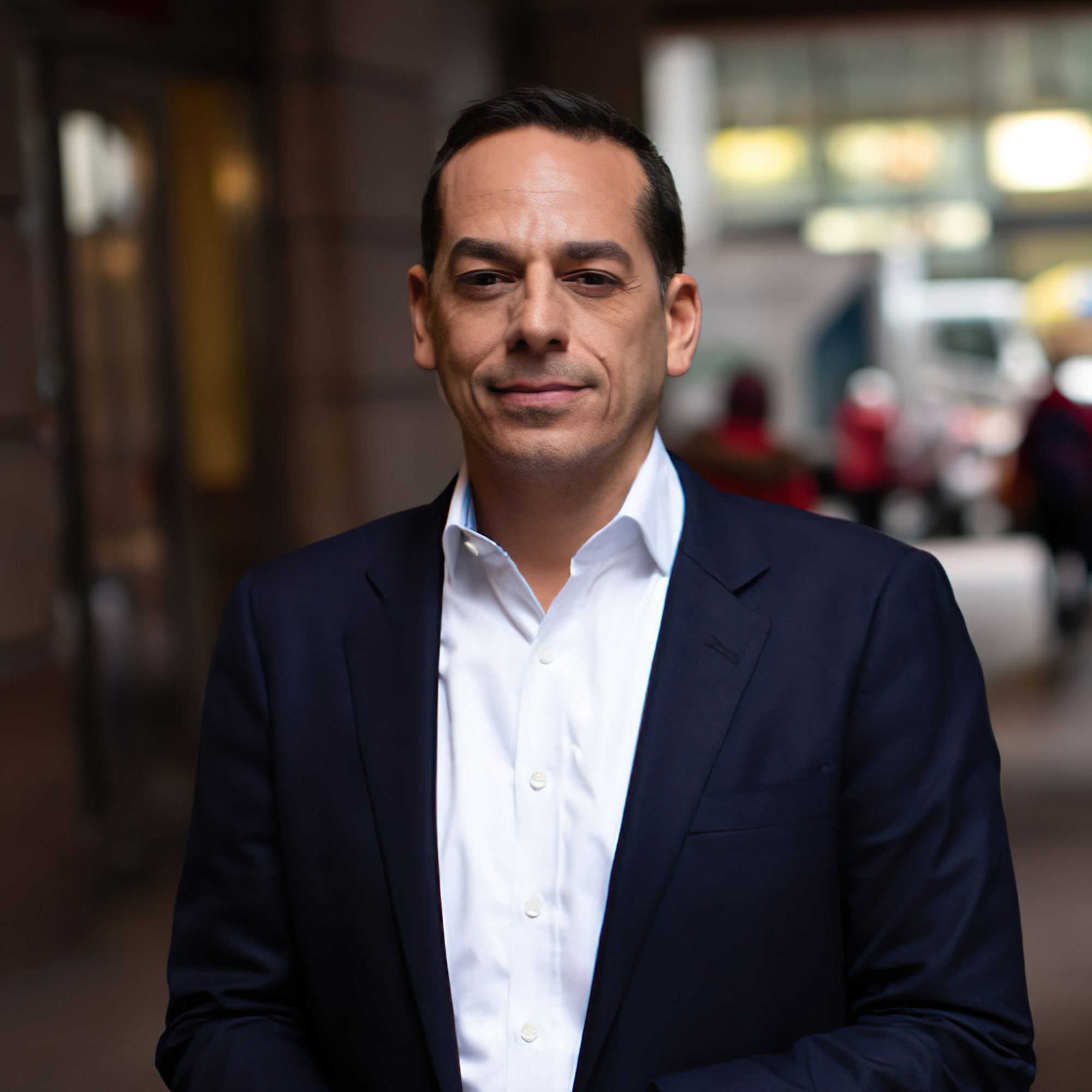Viewpoint: Political Advertisers Must Push Through COVID-19 Challenges
How to adjust marketing messages during tricky times
While some states have postponed primaries, federal and state elections are still set to take place in November. This means political advertisers must forge ahead despite the newfound complexities the world has been forced to confront. Candidates aren’t going to get a chance to shake voters’ hands anytime soon, so connecting with them virtually via video and advanced TV is more important than ever.
It goes without saying that the pandemic presents new challenges for marketers. For starters, they are collaborating across decentralized teams and adjusting to working from home. Many feel stuck in reactive mode, which makes planning for the future even more difficult. Obviously, recent events have turned political strategies upside down, and candidates are scrambling to find ways to connect with voters from a social distance. President Donald Trump, presumptive Democratic nominee Joe Biden and many other candidates vying for votes this fall have been forced to adapt their approach to voter outreach and engagement. Trump is conducting streaming events in lieu of rallies and Biden is also leaning into virtual options.
For all candidates, well-executed online events are a means to maintaining connections and rallying voters. Since most people are home, candidates may be able to drum up decent levels of participation. Virtual rallies are also a chance to demonstrate leadership, build trust, inspire and comfort Americans during these unprecedented times.

Understand Consumption Changes
In terms of paid advertising, political advertisers need to understand how media consumption has shifted in the past month. Out-of-home (OOH) advertising and print have taken a backseat as consumers turn to television to stay informed and combat boredom. Recent events that have forced Americans to stay home caused TV usage to increase by nearly 60%, according to Nielsen historical data.
Today, “TV” doesn’t just mean linear. During recent extraordinary circumstances — Hurricane Harvey in Houston in 2017 and a severe blizzard in New York City in 2016 — streaming increased in the affected areas by 61%. In multiple regions impacted by COVID-19, live-streaming and Netflix usage increased, and Comcast reported a 38% increase in streaming and web-video consumption at the end of March, compared to earlier in the month.
Traditionally, linear TV has earned the lion’s share of political ad dollars. This year, eMarketer predicts traditional TV will account for 66% of the projected $6.89 billion in political ad spending. Granted, that record-breaking figure was released before the pandemic, but for political candidates, the show must go on. To supplement traditional TV campaigns, reach cord-cutters and leverage sophisticated targeting and measurement capabilities, political advertisers must lean into advanced TV.
The smarter way to stay on top of broadcasting and cable industry. Sign up below
By the end of 2020, 44.3 million U.S. households will be cord-cutters or cord-nevers, according to eMarketer. As for right now, there’s been an 85% increase in streaming TV consumption over the first three weeks of March. Therefore, advertisers should approach advanced TV as a strategy for reaching a vast majority of people from all ages and use audience segmentation to customize messaging for each target group.
Targeting is key to reaching precise audiences and spending campaign dollars effectively. Efficiency will be particularly important as the potential economic downturn could affect campaign fundraising. Using advanced TV, political candidates can reach registered voters and layer demographic or geolocation data targeting to personalize messaging. Other strategies include segmenting audiences based on their stance on key issues; targeting voters who have not seen their linear TV ads; targeting voters who have been exposed to their TV spot with a complementary message on mobile or connected TV/over-the-top (CTV/OTT); and/or targeting viewers who have been exposed to competitors’ ads.
Digital Marketing Is Key
Digital marketing, particularly on mobile, is also important. eMarketer predicts digital spending will account for 19.4% of political advertising, an increase of 203% compared to the 2015/16 presidential election. Google, YouTube and Facebook are the most popular digital channels, but candidates should consider other digital platforms to stand out from competitors and strike competitive deals. Facebook reports record-breaking usage as COVID-19 continues on, but many advertisers are pulling back or canceling their campaigns, and political advertisers may follow suit It is also possible that people will purposefully distance themselves from social media to keep their anxiety levels down, making the platform less desirable.
In addition to reaching people in a fragmented media landscape, political advertisers need to be sure their messaging reflects people’s shifting priorities and mindsets. No matter how they are advertising, candidates must strike the right tone or risk turning off voters.
It is a tricky time for advertisers, but, unlike other marketing categories, political advertisers have no choice but to market amid the prevailing narrative. By deploying virtual events and adopting a mix of advanced-TV and digital strategies, candidates will reach voters with messages that resonate — even in these uncertain times.
Anthony Flaccavento is chief revenue officer at Tremor Video.
